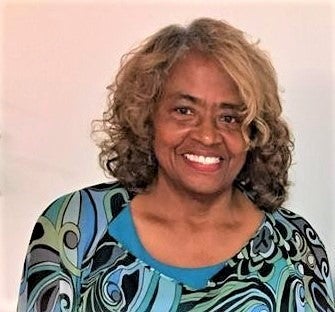A town of grace
Published 5:34 pm Monday, February 7, 2022
|
Getting your Trinity Audio player ready...
|
Working with the Washington Waterfront Underground Railroad Museum has provided me with some of the most unique experiences I have ever had.
Over the last five years, I’ve had the privilege of meeting people from all walks of life coming from many different places. As of today, the museum has hosted visitors from all 50 states in this country and from 47 countries.
I am honored to have met so many people and I am even more honored to have them share the stories of their ancestors and histories with me. We have hosted renowned history scholars, researchers, history lovers, lecturers, authors, college and K-12 students, as well as century-old people who have powerful stories of freedom-seeking ancestors with documents, to validate their accounts in Washington and Beaufort County.
One of the most intriguing accounts came from a visitor whose ancestors referred to Washington as ‘a town of grace.’ I had heard that term used before in Philadelphia when I taught at a Quaker school. People talked about the small towns on the Pamlico-Tar River, as towns of grace but at the time I heard it I did not know what it actually meant. She told me Washington received the name because of the networks to the underground railroad that ran through it.
The underground railroad was simply a network of abolitionist movement, that was comprised of people of all colors, who worked together to help enslaved people gain their freedom. As Washington was the second largest port after Wilmington at one time, and by 1850, the largest shipbuilding town in North Carolina, the Pamlico-Tar River was well known then as a ‘freedom road’, an ‘alley of freedom’, and the town was called as a town of grace.
Towns of grace were those small cities and towns along or close to rivers like Wilmington, New Bern and Edenton to name a few, that would lead to the Atlantic Ocean.
There were also many locations in Washington and Beaufort County that provided refuge for freedom seekers. Washington’s Keysville community, where free African Americans lived was a refuge for freedom seekers until they could move on, or possibly settle on the land.
Southby Keyes, a free African-American, purchased over 150 acres in 1836 from William a. Orrell and named it Keysville. The rural landscape with caves and deep ditches provided cover for freedom seekers.
The town of Aurora with its over 500 acres was owned by a free African American couple, Isaiah and Betty Hodge and was a refuge. The Hodges named the land Bettytown and the name remained Betty Town until the land was taken by deceit around 1859 and renamed Aurora.
The accounts of how enslaved people gained their freedom is the heartbeat of the museum, alongside the narratives of so many people here who made the underground railroad here successful.
The underground railroad is the is the story of people helping people. Please visit the museum to learn more.
Leesa Jones is a Washington native and the co-founder and co-executive director of the Washington Waterfront Underground Railroad Museum.






